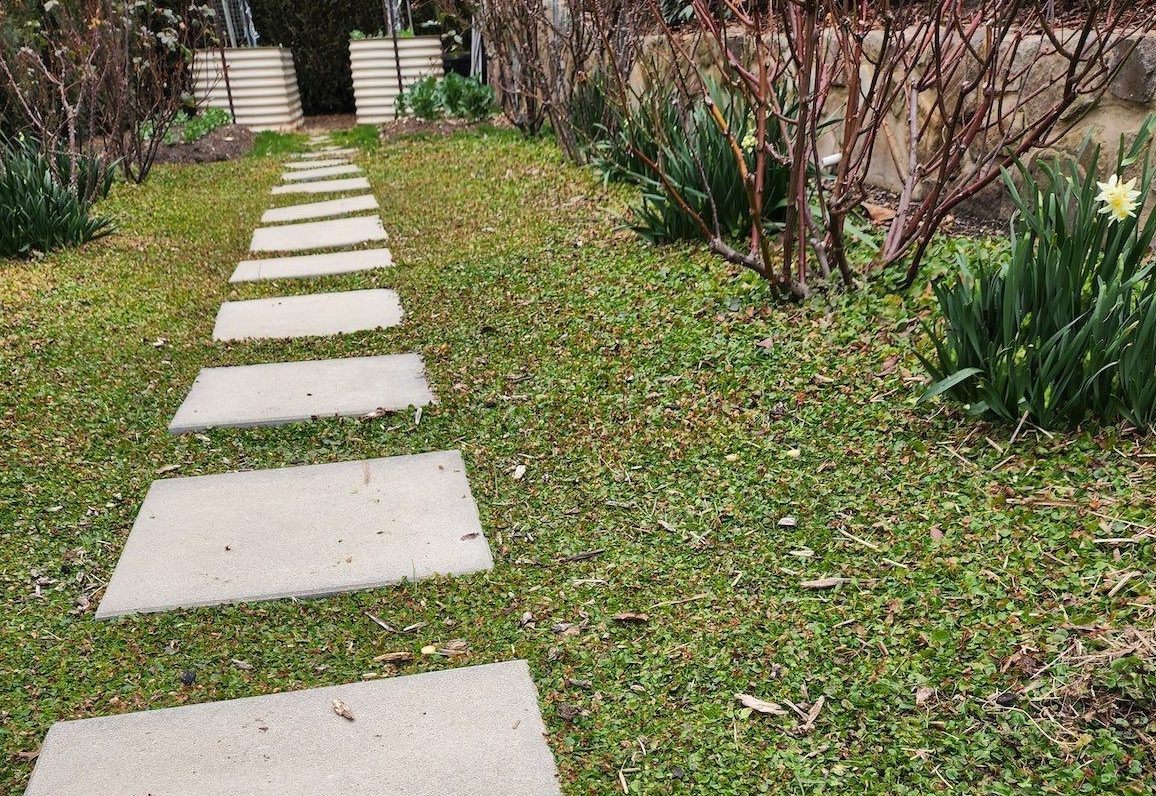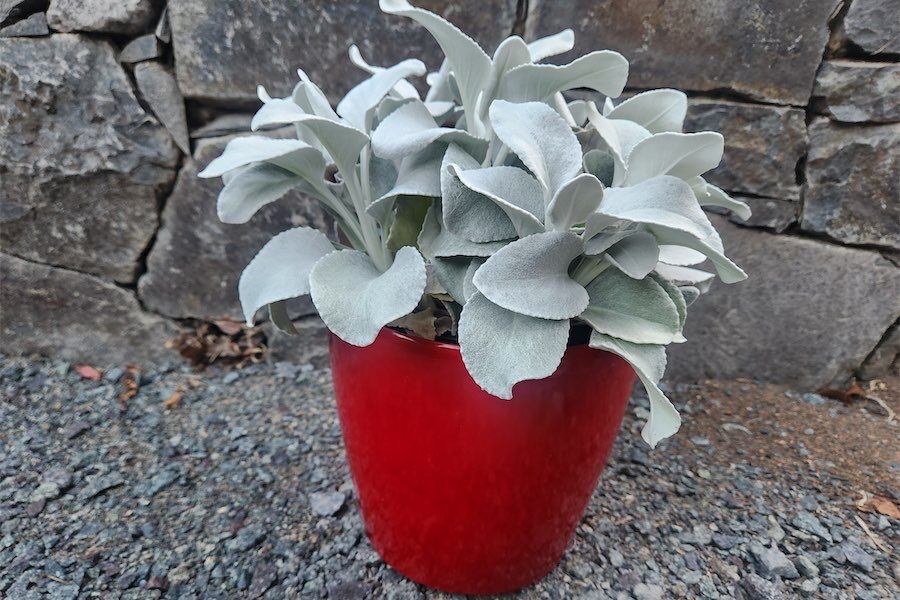
Autumn is the best time of the year to sow, repair or replace a lawn in Canberra, says gardening writer JACKIE WARBURTON.
SOWING seed is a cheaper option than laying turf and fast establishment of the seed is necessary to get the turf to grow in the shortest time, preventing weeds getting into the soil and causing erosion.

For a good lawn base, turn the soil to a 100mm-200mm depth and add turf soil or compost from the landscape suppliers. Add sand if there is already good fertility in the soil.
The soil must be clean, flat and free of debris such as bark and rocks to ensure there is good aeration for deep root growth.
At this stage, superphosphate fertiliser can be used to increase the strike rate of the seed and to stimulate root growth, but overall the germination of the seed is determined by the environmental conditions, temperature and seed viability.
Knowing if you want to grow cool-season grass or warm-season grass will determine the correct preparations.
Cool-season grasses are fescues, blue grasses or rye and warm-season grasses are couches, kikuyus and buffalo.
They both have advantages and disadvantages and factors of shade, traffic and moisture requirements need to be considered when choosing the right turf for the right spot.
If you want to try native grasses, where water is minimal and foot traffic is light, I recommend weeping grass, wallaby grass or kangaroo grass or a mixture of them all.
Once any of these grasses are established the mowing is only required twice a year at the most, but a native that doesn’t need any mowing is dichondra repens.
This plant is a fast grower and provides a thick matting of roots and leaves that’s easy to walk over. In some gardens it’s considered weedy, but as a full lawn or around paving, it can look like an effective, evergreen ground cover.

NOW is the last chance to get cabbages into the ground and have them growing through the winter. There are many different types to grow, such as green/red, savoy, bok choy, Napa, kale and, of course, the ever-so-delicious brussels sprout.
It needs lots of compost and needs to grow fast. Cabbage has a high pH of around 6.5 -7.5, so adding lime to the soil a few weeks before planting will get it off to a good start.
Planting companion plants such as rosemary, sage or geraniums and the herbs will confuse cabbage moths.
Don’t grow cabbage near strawberries or they both will grow poorly. Cabbage needs frost to grow fast. Plant in and around other plants in the garden bed and not in a neat row, where the cabbage butterfly will see them.
The added advantage of growing brassicas through the winter is that the cold weather keeps the cabbage white butterflies away.
Another alternative is to plant a decoy plant such as kale and the butterfly will lay its eggs where it eats, and the cabbage will be left alone.
Pick cabbage just as you see it elongate and just before it grows into the next stage to seed (this happens as the soil temperature warms up in early spring).
If you do see some caterpillars, Diapel can be used to break their breeding cycle or sprinkle diatomaceous earth when the seedlings are young.
Cabbage is one of the most versatile vegetables in the kitchen and it also has a long storage life of any leaf crop.
Jottings
- Plant seedlings of peas, lettuce, garlic and onions.
- Pull out all sunflowers and spring annuals.
- Prune crepe myrtles once the leaves have fallen.
- Spray stone fruit with copper for shot hole, fruit rot and leaf curl.
Who can be trusted?
In a world of spin and confusion, there’s never been a more important time to support independent journalism in Canberra.
If you trust our work online and want to enforce the power of independent voices, I invite you to make a small contribution.
Every dollar of support is invested back into our journalism to help keep citynews.com.au strong and free.
Thank you,
Ian Meikle, editor





Leave a Reply